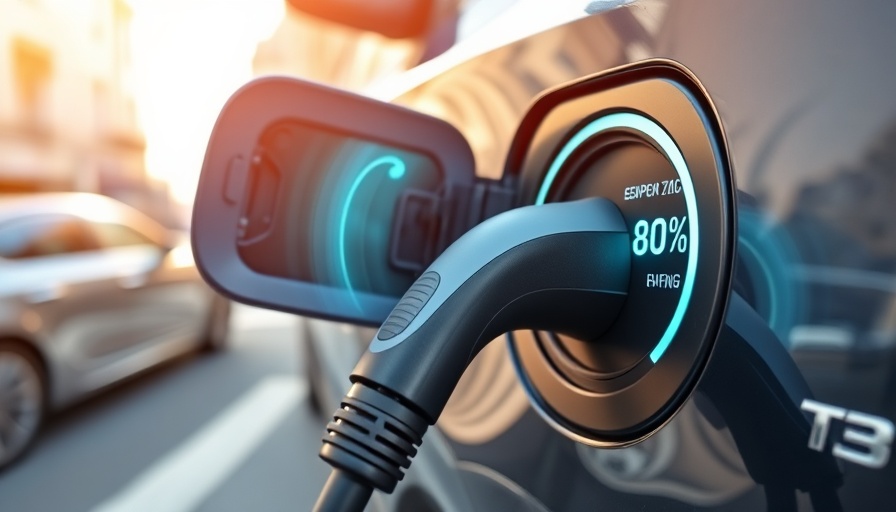
Senate Repeals California's EV Mandate: What It Means for Drivers and Dealerships
In a significant turn of events, the United States Senate has voted to repeal California's ambitious plan to eliminate gas-powered vehicles by 2035. The controversial vote, which passed with a narrow margin of 51-44, aims to block regulations requiring that 35 percent of new car sales in the state be electric or plug-in hybrids by 2026. This decision not only impacts California but poses potential repercussions for the 11 other states that had aligned their policies with California's ambitions.
Understanding the Vote's Context and Implications
This repeal is rooted in the Congressional Review Act, which allowed the vote to bypass the usual 60-vote requirement. Critics argue that this move undermines state authority and sidesteps established protocols, invoking backlash from California lawmakers. Governor Gavin Newsom has condemned the action as an infringement of state rights, stating, “We won’t stand by as Trump Republicans make America smoggy again.” The resolution now moves to President Trump’s desk, where he is expected to sign it into law.
Industry Response: A Mixed Bag of Views
The auto industry has generally responded positively to the Senate's decision. Many stakeholders argue that California’s strict EV mandates were unrealistic and could threaten consumer choice by significantly increasing vehicle prices amidst a backdrop of dwindling demand for EVs. The National Automobile Dealers Association (NADA) commended the vote, emphasizing that it prevents a reduction in options for consumers, which could result from stringent regulatory measures.
The Future of Electric Vehicles: What’s Next?
As California prepares to challenge the Senate vote, the landscape for electric vehicles and their adoption nationwide hangs in the balance. There are pressing concerns about the sustainability of electric vehicle sales at current levels due to an inadequate charging infrastructure and the slow pace of technology adaptation among consumers. In 2022, EVs accounted for only 25 percent of new car sales in California and 10 percent nationwide, a figure that raises eyebrows for supporters of the transition to greener vehicles.
Consumer Choices and the Impact on Financing
With the Senate's repeal, the market may see a shift back towards gas-powered vehicles, impacting financing rates for used cars. Consumers might encounter more favorable used car loan rates as competition among dealers ramps up without the pressure of stringent emission standards. Those looking to finance a used car may benefit from lower interest rates and more flexible options, making it essential to stay informed about the best used car financing rates.
Practical Insights for Dealership Principals and GM’s
As the situation evolves, dealership principals and general managers should closely monitor how this decision affects their operations and sales strategies. Understanding current auto loan interest rates and leveraging used auto financing calculators could be key in adapting to changing consumer preferences. Insight into how to refinance auto loans or secure the best financing options can also provide a competitive edge in a shifting market landscape.
In light of this recent development, it’s crucial for dealerships to remain agile, adjusting their offerings and financing solutions based on emerging trends in consumer demand across different vehicle types.
As this landscape shifts, staying updated becomes essential. Explore your options and strategies for securing low interest rates on car loans today!
 Add Row
Add Row  Add
Add 




Write A Comment